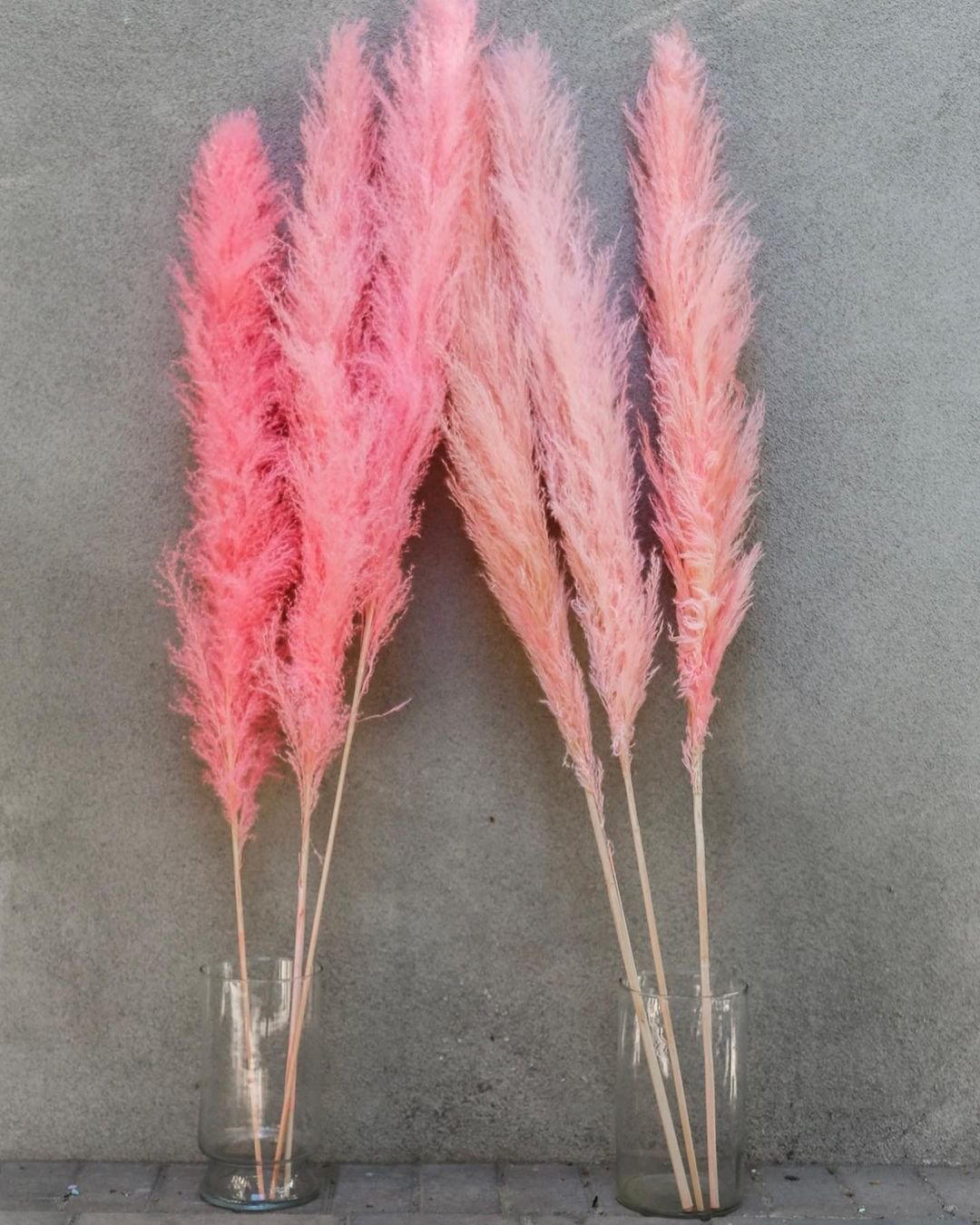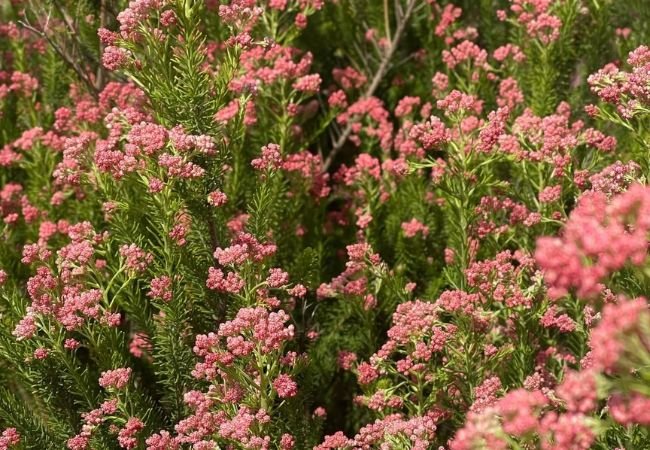Learn how to grow and care for pink pampas grass, a stunning ornamental plant. Discover tips for planting, maintenance and using this unique grass in your landscape.
Pink pampas grass is a stunning ornamental plant that can add a touch of elegance and whimsy to any garden. With its tall, feathery plumes in soft pink hues, this grass variety has become increasingly popular among gardeners and landscapers alike. In this guide, we’ll explore how to grow and care for pink pampas grass, ensuring your garden stands out with this beautiful ornamental.
Here’s a quick overview of pink pampas grass:
| Aspect | Details |
|---|---|
| Botanical Name | Cortaderia selloana |
| Common Name | Pink Pampas Grass |
| Plant Zone | USDA Zones 7-10 (can be grown in colder zones with winter protection) |
| Sun Exposure | Full sun; thrives in bright, direct sunlight |
| Soil Type | Well-draining soil; prefers sandy or loamy soil |
| Watering | Drought-tolerant once established; water regularly during the first growing season and during prolonged dry periods |
| Growth Habit | Clumping, upright; forms dense, arching tufts of grass |
| Height/Spread | Height: 6-10 feet (1.8-3 m); Spread: 4-6 feet (1.2-1.8 m) |
| Special Features | Produces striking, feathery pink plumes that are used for ornamental purposes. These plumes are long-lasting and can be used in floral arrangements. |
What is Pink Pampas Grass?

Pink pampas grass, scientifically known as Cortaderia selloana ‘Rosea’, is a variety of the well-known pampas grass. Unlike its more common white or cream-colored counterpart, pink pampas grass produces plumes in various shades of pink, from pale blush to deeper rose tones.
Characteristics:
- Height: Can grow up to 8-12 feet tall
- Spread: 4-6 feet wide
- Plumes: Soft, feathery, and pink
- Leaves: Long, arching, and slightly serrated
Planting Pink Pampas Grass
When to Plant
The best time to plant pink pampas grass is in the spring or early fall. This allows the plant to establish its root system before extreme temperatures set in.
Where to Plant
Choose a location that meets these criteria:
- Full sun exposure (at least 6 hours of direct sunlight daily)
- Well-draining soil
- Enough space for the plant to grow to its full size
- Away from high-traffic areas (the leaves can be sharp)
How to Plant
- Dig a hole twice the size of the root ball
- Mix some compost into the soil for added nutrients
- Place the plant in the hole, ensuring it’s at the same depth as it was in its container
- Backfill with soil and water thoroughly
Caring for Pink Pampas Grass
Watering
Pink pampas grass is relatively drought-tolerant once established.
However, for the best growth:
- Water deeply once a week during the first growing season
- Reduce watering in subsequent years, only providing water during prolonged dry spells
Fertilizing
Fertilize your pink pampas grass in early spring with a balanced, slow-release fertilizer to promote healthy growth and vibrant plumes.
Pruning
Prune your pink pampas grass annually to maintain its shape and remove dead foliage:
- In late winter or early spring, before new growth begins
- Wear protective gear (gloves, long sleeves) as the leaves can be sharp
- Cut back the entire plant to about 1-2 feet above ground level
Pest and Disease Management
Pink pampas grass is generally resistant to pests and diseases. However, keep an eye out for:
- Spider mites in dry conditions
- Fungal diseases in overly wet conditions
If you notice any issues, treat with appropriate insecticides or fungicides as needed.
Using Pink Pampas Grass in Your Landscape
Pink pampas grass can be a versatile addition to your garden. Here are some ideas:
- As a focal point in a large garden bed
- In groups for a dramatic effect
- As a natural privacy screen or windbreak
- Dried plumes for indoor floral arrangements
Remember, pink pampas grass can be invasive in some regions. Check local regulations before planting and consider planting in containers if it’s a concern in your area.
Common Questions About Pink Pampas Grass
How fast does pink pampas grass grow?
Pink pampas grass is a fast-growing plant. Under ideal conditions, it can reach its full height within 2-3 years.
Is pink pampas grass deer resistant?
Yes, deer generally avoid pampas grass due to its sharp leaves.
Can pink pampas grass be grown in containers?
Yes, it can be grown in large containers, but it may not reach its full size and will require more frequent watering.
How do I propagate pink pampas grass?
The easiest method is division. In spring, dig up the plant and separate it into smaller clumps, each with roots attached.
Pink pampas grass is a stunning ornamental plant that can add height, texture, and a soft pink hue to your garden. With proper planting and care, this beautiful grass can thrive in your landscape, providing visual interest year-round. Remember to check local regulations before planting, as it can be invasive in some areas. Whether as a focal point or part of a larger design, pink pampas grass is sure to make a statement in your outdoor space.
For more gardening tips and plant care guides, visit usagardenhub.com.







2 Comments on “Pink Pampas Grass : Growing and Caring for This Ornamental Beauty”